Popular Lacrosse Heads
See more Popular Lacrosse Heads
Maverik Tactik 3.0
54 Available

STX Stallion 1K
55 Available
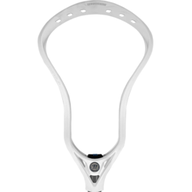
Warrior Evo Qx-O
74 Available

ECD Lacrosse Ion
166 Available

Maverik Optik 3.0
106 Available
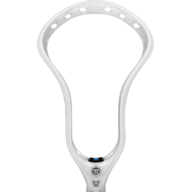
Warrior EVO QX2-O
23 Available
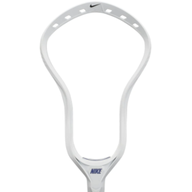
Nike L3
47 Available
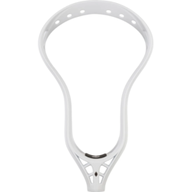
StringKing Mark 2V
90 Available

STX Surgeon 1K
51 Available

ECD Lacrosse Mirage 2.0
100 Available
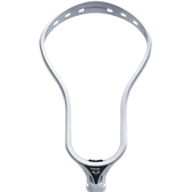
ECD Lacrosse DNA 2.0
44 Available

STX Hyper Power
16 Available
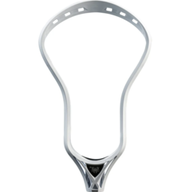
ECD Lacrosse Rebel
83 Available

Maverik Kinetik 2.0
85 Available
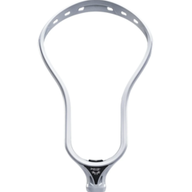
ECD Lacrosse DNA
43 Available
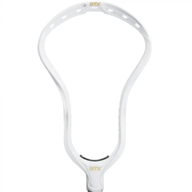
STX Stallion 900
56 Available

STX Ultra Power
37 Available

Gait GC3
23 Available

Maverik Tactik 2.0
91 Available

STX Surgeon 900
44 Available

Maverik Kinetik 3.0
57 Available

Under Armour Command
78 Available

StringKing Mark 2A
72 Available
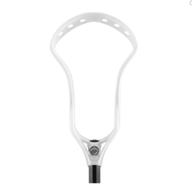
Maverik Kinetik
64 Available
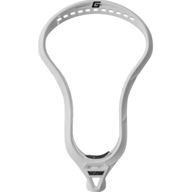
Gait Mustang
23 Available
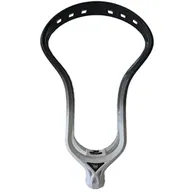
ECD Lacrosse Mirage
12 Available
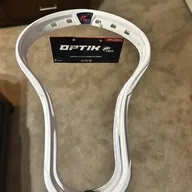
Maverik Optik Force
34 Available

STX Stallion 700
42 Available
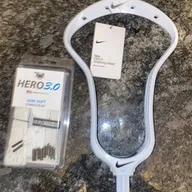
Nike CEO 3
34 Available
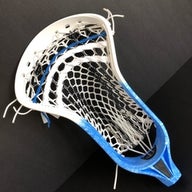
Epoch Z-ONE
40 Available

True Hzrdus
31 Available
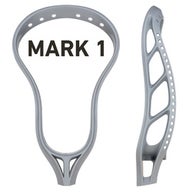
StringKing Mark 1
30 Available

Maverik Optik 2.0
38 Available
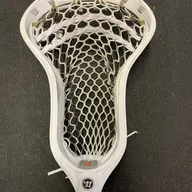
Warrior Burn XP-O
16 Available
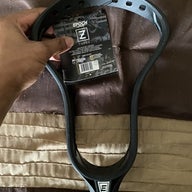
Epoch Z-Three
26 Available
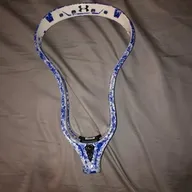
Under Armour Command 2
47 Available
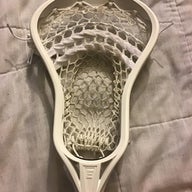
Epoch iD Vision
22 Available
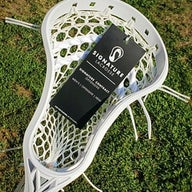
Signature Contract Offense
21 Available
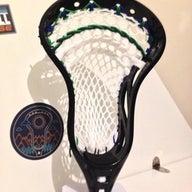
Other Turtle Dome
10 Available
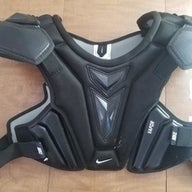
Nike Vapor 2.0
20 Available
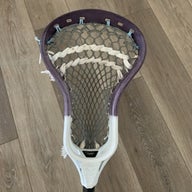
ECD Lacrosse Bravo 1
14 Available

ECD Lacrosse Mirage 2.0 Graphene
9 Available

Other Generic
26 Available

Powell Pioneer 2
9 Available

Warrior Burn FO Recovery
9 Available
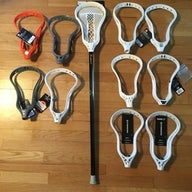
Warrior Burn Warp Pro
13 Available

Epoch Purpose
9 Available
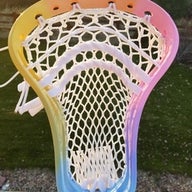
Brine Blueprint X
6 Available
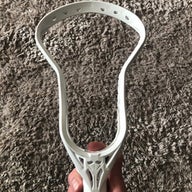
Other Onset
5 Available

Warrior Revolution 2.0
9 Available
Shop by Brand
ECD LacrosseMaverikWarriorSTXNikeEpochBrineGaitTrueHEADAdrenalineAdidasHarrowTribe7
804 Results

A_murphy
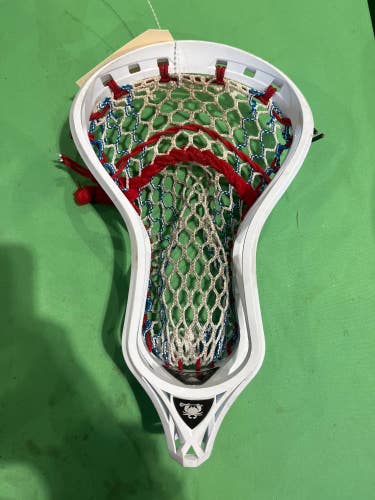
GrittySport
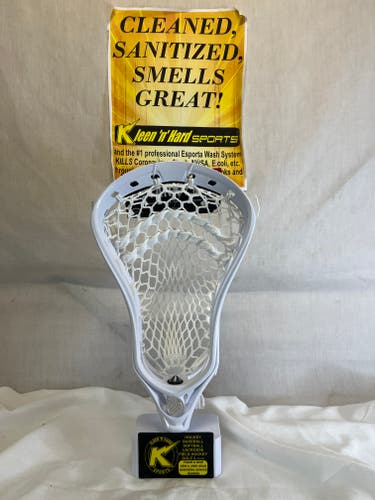
KleenNHardSport
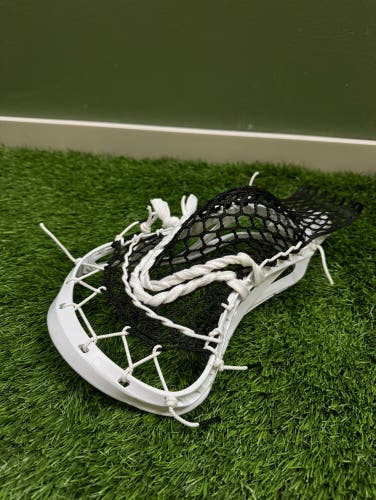
aaronstrings

kennymcg14

Mirsy41

Kadend
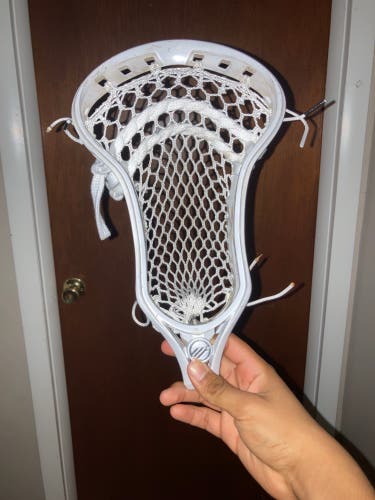
DrakeF123

GoodGuyLax

Logangills
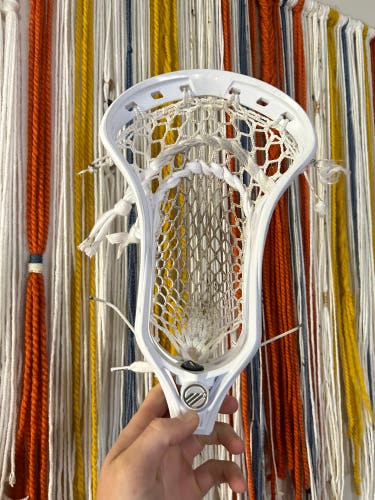
Badgerrrr

mitchm7
DNA 2.0 Head
$111

broden_finke23
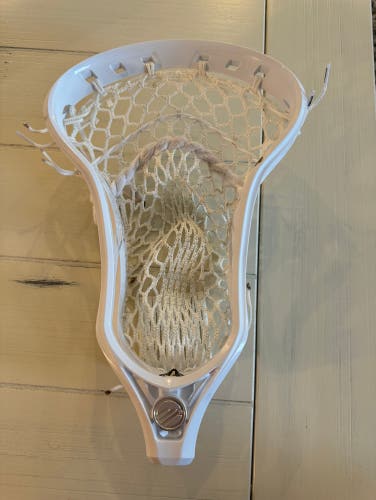
JarredMeehan
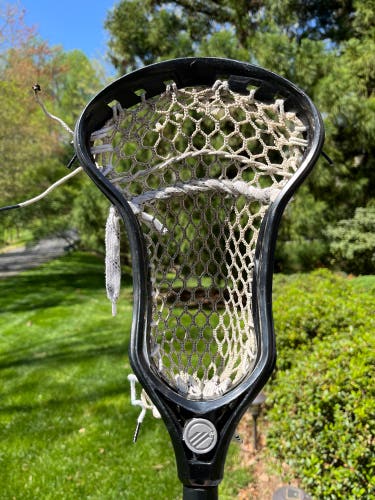
ekaiser23
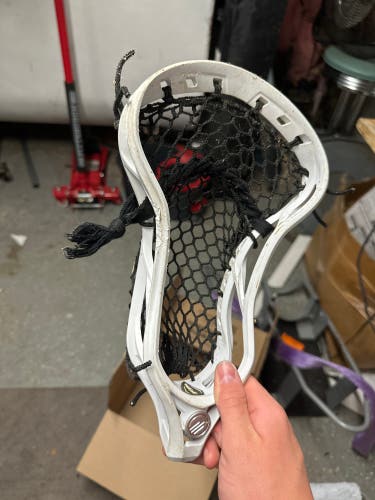
Mattlax1228

Jholubetz
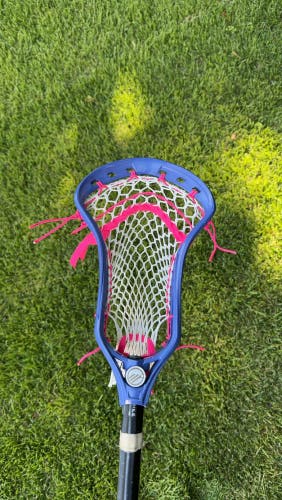
Cw_strings

LaxJack15

KaseyKissner44

Archon

BraxLax

gavin1850

thehn22
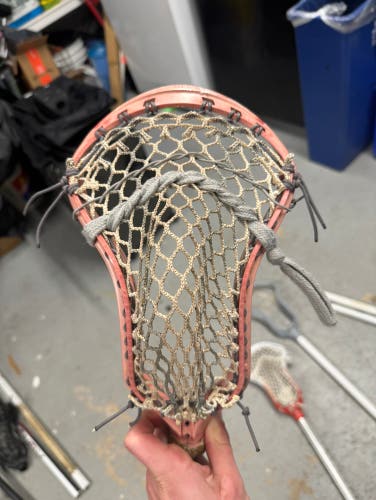
lukesheppard

Benaround

Game_Ready

901Stringing

Banna_1794
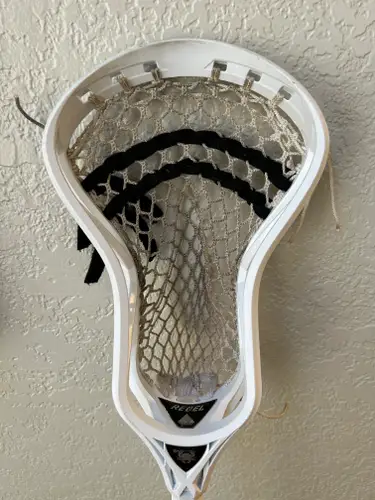
JakeLLAX

Worley_om
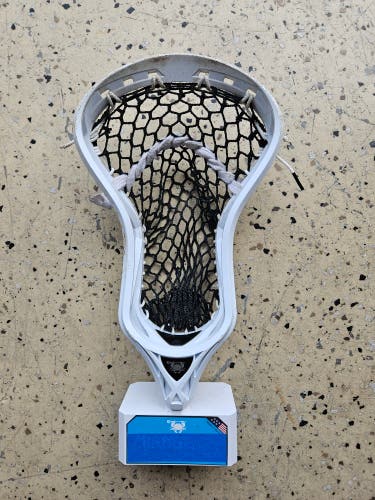
Fnuzzo2879
